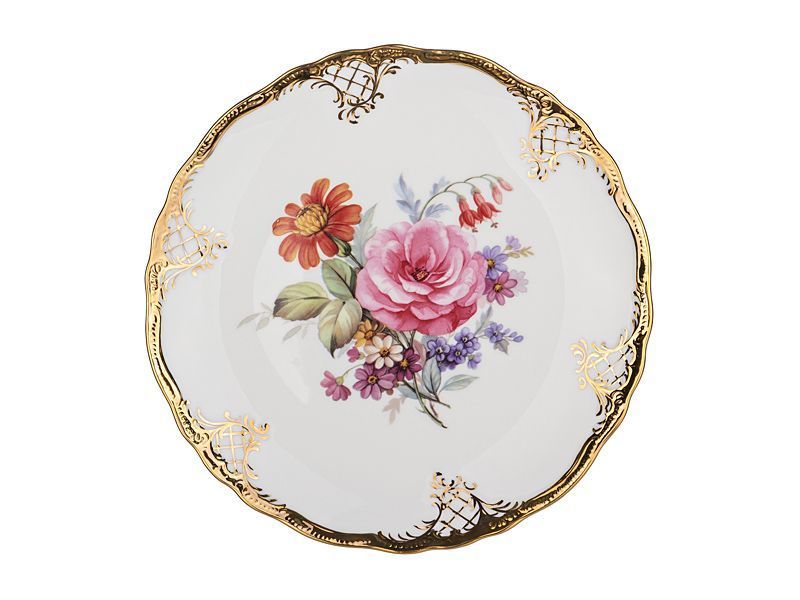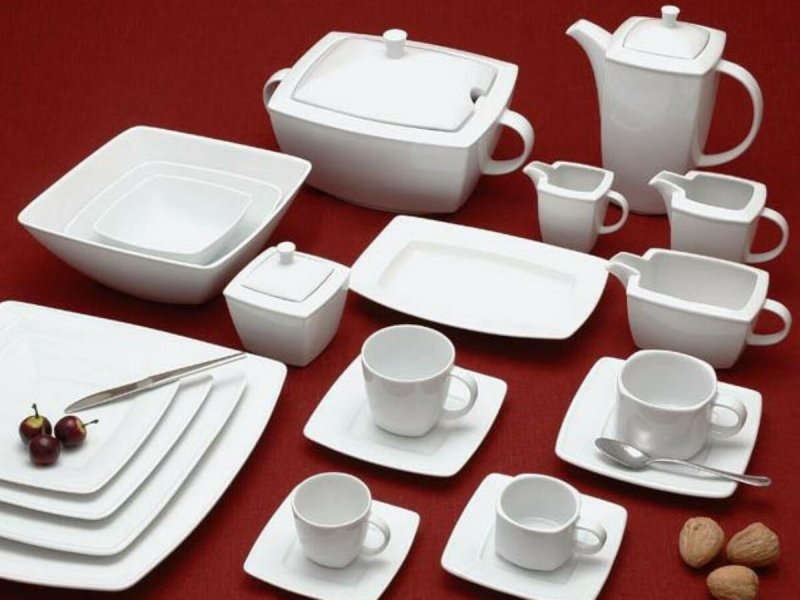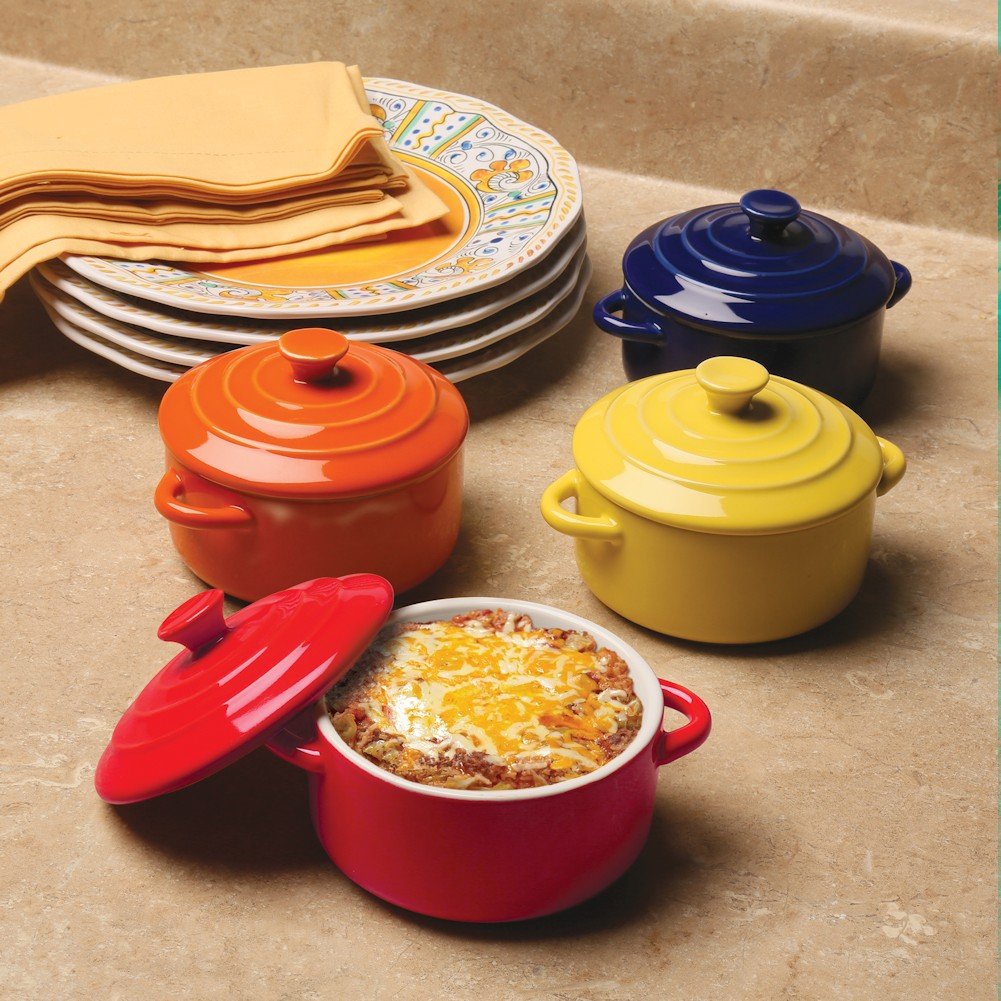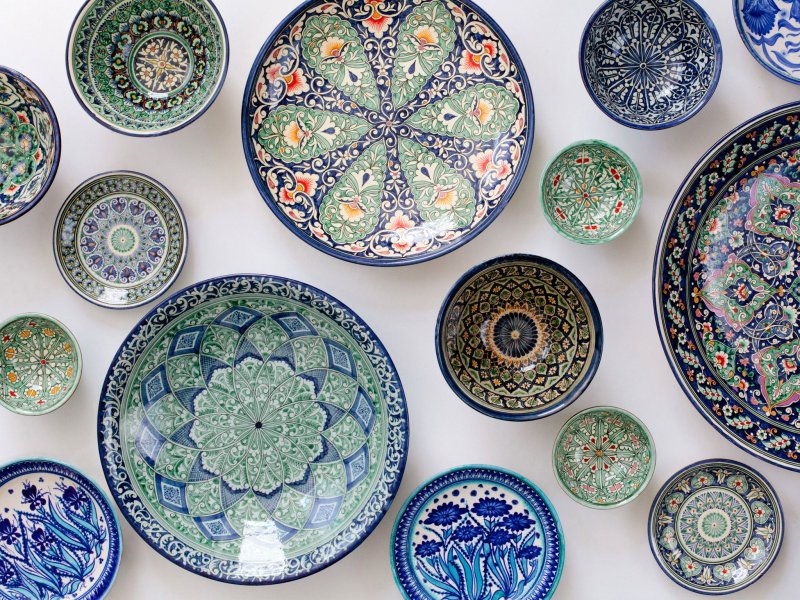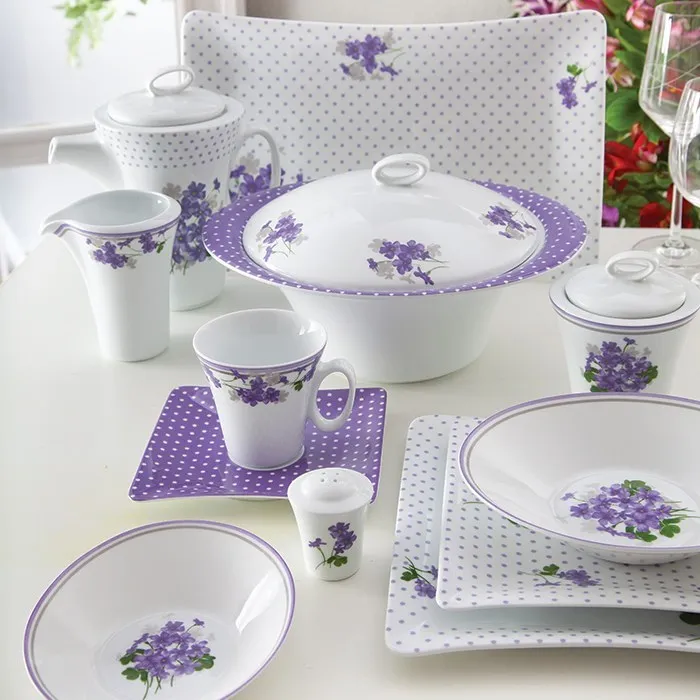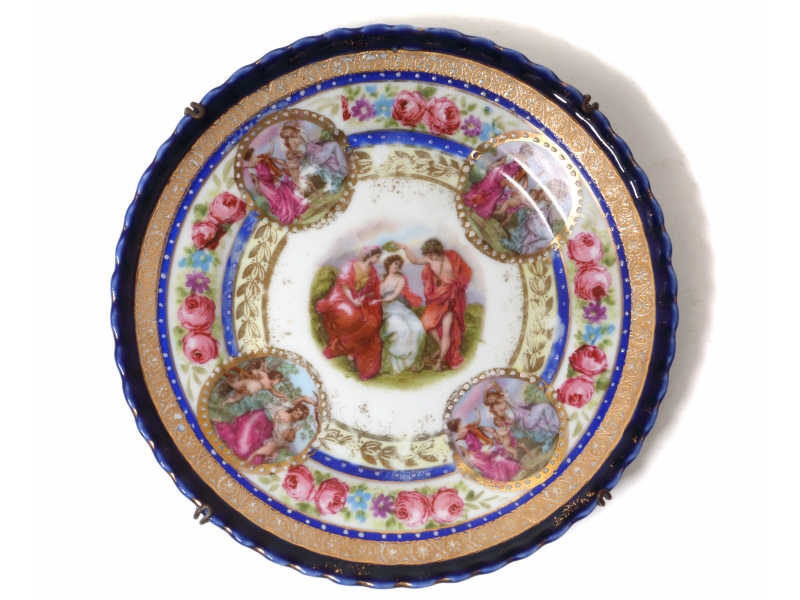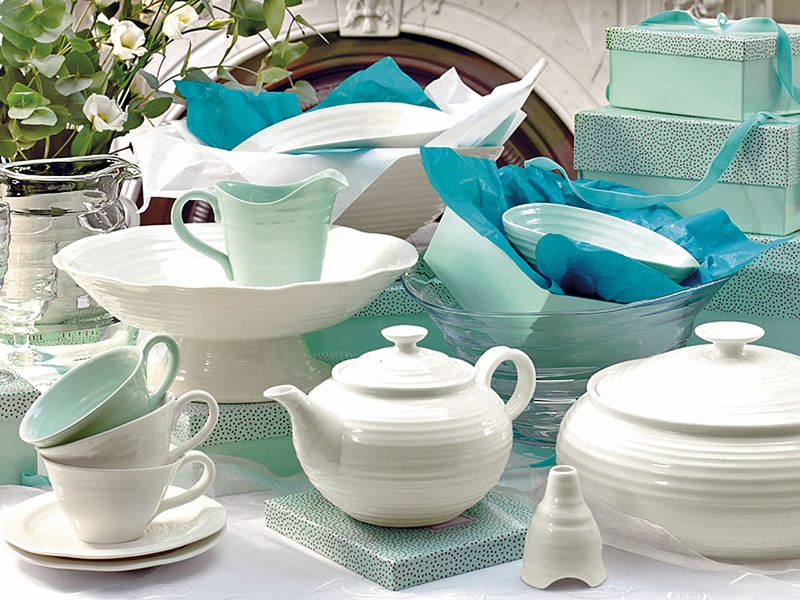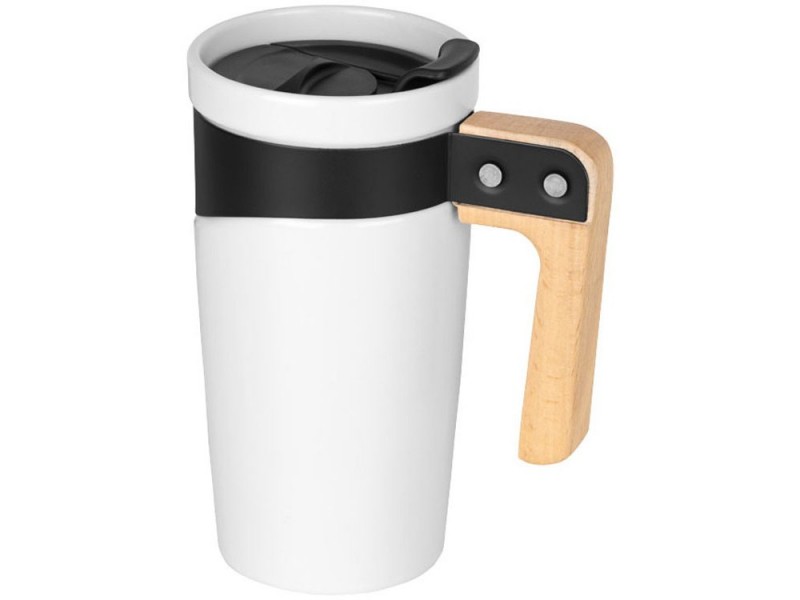Understanding the Differences: Porcelain vs. Ceramic vs. Stoneware
Introduction:
When it comes to choosing the perfect material for your kitchenware or bathroom fixtures, it’s essential to understand the distinctions between porcelain, ceramic, and stoneware. These three popular materials share similarities but also have distinct characteristics that make each unique. This article will provide a comprehensive comparison of porcelain, ceramic, and stoneware, highlighting their origins, manufacturing processes, properties, and ideal applications.
1. Porcelain:
1.1 Origins and History:
Porcelain has a long and illustrious history, originating from China during the Tang dynasty around the 7th century. Recognized for its durability and elegance, porcelain is made from a fine paste of clay mixed with feldspar, kaolin, and quartz. This mixture is fired at very high temperatures, resulting in a dense, non-porous material.
1.2 Manufacturing Process:
The manufacturing process for porcelain involves a meticulous procedure. The clay mixture is shaped and formed into the desired object, then fired in a kiln at temperatures exceeding 2,300 degrees Fahrenheit (1,260 degrees Celsius). This high-temperature firing causes the clay particles to vitrify, transforming the material into a glass-like substance.
1.3 Properties and Characteristics:
Porcelain is renowned for its strength, durability, and non-porous nature. It is highly resistant to moisture, stains, and chemicals, making it suitable for a wide range of applications. Porcelain has a white or off-white color, with a translucent quality when held up to light. It is a popular choice for dinnerware, bathroom fixtures, and decorative items due to its elegant appearance and resistance to chipping.
1.4 Ideal Applications:
Porcelain’s exceptional strength and resistance to wear and tear make it suitable for various applications, including kitchenware, bathroom sinks, toilets, bathtubs, and countertops. Additionally, its non-porous nature makes porcelain ideal for food-grade applications, such as dinnerware, where hygiene is of utmost importance.
2. Ceramic:
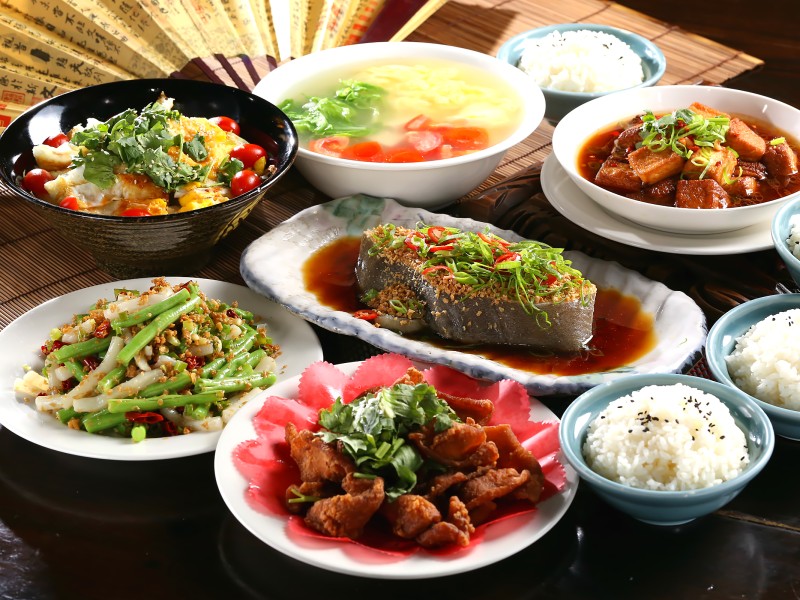
2.1 Origins and History:
Ceramics have a rich history that spans across different civilizations and cultures. The term “ceramic” encompasses a broad range of materials, including earthenware, stoneware, and porcelain. Earthenware, one of the oldest ceramic types, was developed by primitive cultures thousands of years ago. It is made by firing clay at a relatively low temperature, resulting in a porous material.
2.2 Manufacturing Process:
The manufacturing process for ceramic involves shaping and forming the clay using various techniques such as throwing, molding, or extrusion. The molded clay is then dried to remove excess moisture before being fired in a kiln at temperatures ranging from 1,800 to 2,200 degrees Fahrenheit (980 to 1,200 degrees Celsius). This firing process causes the clay to harden and become a solid material.
2.3 Properties and Characteristics:
Ceramic materials can have varying degrees of porosity, depending on the specific type. Earthenware is the most porous, making it suitable for decorative purposes but not for holding liquids or food. Stoneware, on the other hand, is more durable and less porous than earthenware. It has a dense, stone-like texture and is often glazed to enhance its appearance and make it more impermeable. The properties of ceramics, such as heat resistance and thermal conductivity, make them a popular choice for cookware, tiles, and decorative items.
2.4 Ideal Applications:
Ceramic materials find a range of applications in everyday life. Porous earthenware ceramics are commonly used for decorative objects, flower pots, or sculptures. Stoneware is suitable for dinnerware, serving bowls, and baking dishes due to its durability and heat retention properties. Ceramic tiles and sanitary fixtures, such as sinks and toilets, are also commonly made from ceramic materials.
3. Stoneware:
3.1 Origins and History:
Stoneware, as the name suggests, is a form of clay-based ceramic that has characteristics similar to natural stone. It has been used for centuries in various cultures around the world, with its roots traced back to the Han dynasty in China. Stoneware is made by mixing clay with other minerals and firing it at high temperatures, resulting in a dense and hard material.
3.2 Manufacturing Process:
The process of manufacturing stoneware involves selecting suitable clay, adding various minerals or fluxes to enhance its properties, and shaping or molding the mixture. The formed stoneware is then fired in a kiln at temperatures around 2,200 degrees Fahrenheit (1,200 degrees Celsius). This firing process causes the clay particles to fuse together, resulting in a vitrified material.
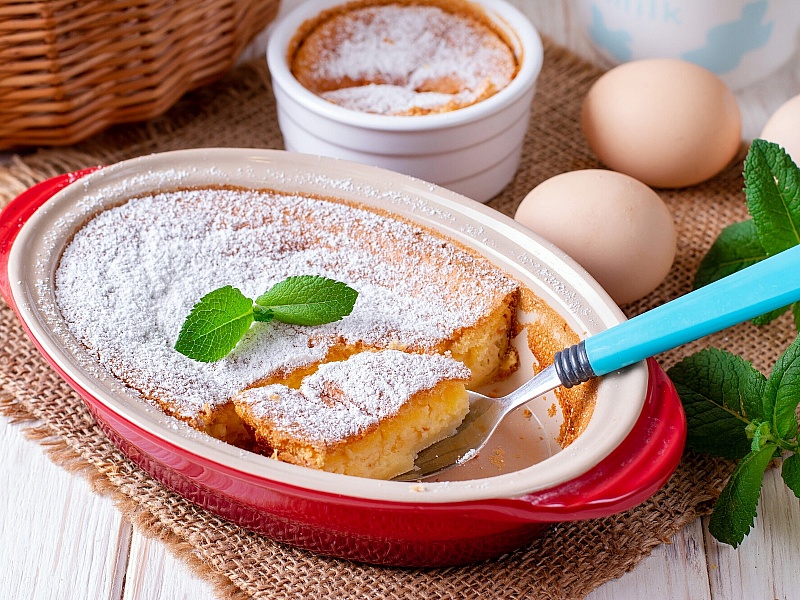
3.3 Properties and Characteristics:
Stoneware is known for its strength, durability, and low porosity. It has excellent thermal shock resistance, which allows it to withstand extreme temperature changes without cracking. Stoneware can be left unglazed, showcasing its natural matte finish, or glazed to enhance its appearance and make it impermeable. It comes in a variety of earthy colors and is often used for tableware, bakeware, and decorative items.
3.4 Ideal Applications:
Stoneware is a popular choice for functional and decorative ceramics. Its durability, resistance to chipping, and excellent heat retention properties make it suitable for baking dishes, serving bowls, mugs, and plates. Stoneware’s natural and earthy aesthetics make it ideal for artisans looking to create customized, handcrafted pieces.
Conclusion:
Choosing between porcelain, ceramic, and stoneware depends on the specific requirements of your application. Porcelain offers exceptional strength and non-porous properties, making it ideal for sanitary fixtures and dinnerware. Ceramic encompasses a broad range of materials, each with its own porosity and suitability for different purposes. Stoneware, with its strength, durability, and natural aesthetics, is a popular choice for functional and decorative items. Understanding the differences in their origins, manufacturing processes, properties, and ideal applications will assist you in making an informed decision when selecting the most suitable material for your needs.Porcelain vs. Ceramic vs. Stoneware: Making the Right Choice for Your Business
1. Durability and Strength:
When it comes to durability and strength, porcelain stands out among the three materials. Its dense structure and non-porous nature make it highly resistant to chipping and cracking. Porcelain is also exceptionally durable, able to withstand heavy use and frequent temperature changes without compromising its integrity. This makes porcelain an excellent choice for businesses looking for long-lasting and reliable products, such as sanitary fixtures or commercial-grade dinnerware.
2. Aesthetics and Design Flexibility:
Porcelain, ceramic, and stoneware offer different aesthetic options for businesses seeking to create visually appealing products or spaces. Porcelain’s elegant and translucent appearance, often associated with fine china, is favored for its timeless and sophisticated charm. Ceramic, with its broad range of materials and finishes, provides businesses with endless design possibilities. From vibrant glazed tiles to rustic earthenware, ceramic can cater to various aesthetic preferences. Stoneware, on the other hand, offers a naturally earthy and organic appeal, perfect for businesses aiming for a rustic or handmade look.
3. Resistance to Stains and Chemicals:
In industries where cleanliness and hygiene are crucial, porcelain’s non-porous nature makes it the ideal choice. Porcelain surfaces do not absorb liquids, making them resistant to stains and easy to clean. They are also highly resistant to chemicals, including acidic or alkaline solutions, ensuring the durability and longevity of the product. This makes porcelain suitable for businesses operating in foodservice, healthcare, and hospitality industries, where cleanliness and sanitation are top priorities.
4. Thermal Performance:

The thermal properties of the material are vital considerations for businesses in the food and beverages industry. Porcelain, with its high resistance to thermal shock, can withstand extreme temperature changes without cracking. It retains heat exceptionally well, maintaining the temperature of hot dishes, making it ideal for servingware and oven-to-table cookware. Ceramic and stoneware, though not as resistant to thermal shock as porcelain, still offer good heat retention and distribution, making them suitable for baking and cooking purposes.
5. Investment Value and Cost-effectiveness:
Porcelain, known for its excellent durability and timeless elegance, can be considered an investment for businesses looking for long-term solutions. While porcelain may have a higher initial cost compared to ceramic or stoneware, its longevity and resistance to wear and tear make it a cost-effective choice in the long run. Ceramic offers businesses a range of cost options, from affordable earthenware to higher-end porcelain options. Stoneware, with its durability and strength, provides a mid-range option with good value for money.
6. Customization and Personalization:
Businesses looking to create unique and customized products often turn to ceramics, as the material allows for greater versatility and personalization. Ceramic artists and manufacturers can shape, mold, and texture the material to suit specific design requirements. Glazes and decorative techniques offer further opportunities for customization, allowing businesses to create truly unique and exclusive products.
7. Environmental Considerations:
Sustainability and eco-friendliness are increasingly important factors for businesses and consumers alike. Porcelain, ceramic, and stoneware offer varying levels of sustainability. Porcelain is typically fired at high temperatures, requiring large amounts of energy, making it less environmentally friendly in terms of the manufacturing process. However, its durability and longevity can offset its initial environmental impact. Ceramic and stoneware, particularly those made with locally sourced clay and using more sustainable production methods, can be considered greener options.
8. Versatility in Applications:
While all three materials have their specific strengths, porcelain offers the most versatility in terms of applications. Its non-porous and chemical-resistant properties make it suitable for a wide range of industries, including hospitality, healthcare, and foodservice. From commercial-grade dinnerware to sanitary fixtures like sinks and toilets, porcelain can withstand the demands of high-traffic environments. Ceramic and stoneware, with their varied porosity and aesthetic appeal, find applications in areas such as home decor, retail displays, and artisanal products.
9. Market Demand and Customer Preferences:
Understanding market demand and customer preferences is crucial for businesses in any industry. Porcelain, ceramic, and stoneware all have their own unique appeal and target market. Conducting market research and analyzing customer trends can help businesses determine which material is best suited to their target audience. For example, high-end dining establishments may prefer the elegance of porcelain, while trendy cafes may opt for the versatility and customization options offered by ceramic or stoneware.
10. Maintenance and Care Requirements:
When choosing between porcelain, ceramic, and stoneware, it is important to consider the maintenance and care requirements associated with each material. Porcelain’s non-porous nature requires minimal maintenance, as it is highly resistant to stains and does not absorb liquids. Ceramic and stoneware may require additional care, as the porosity of these materials can make them more susceptible to staining. Glazed surfaces can help mitigate this issue by creating a protective barrier.
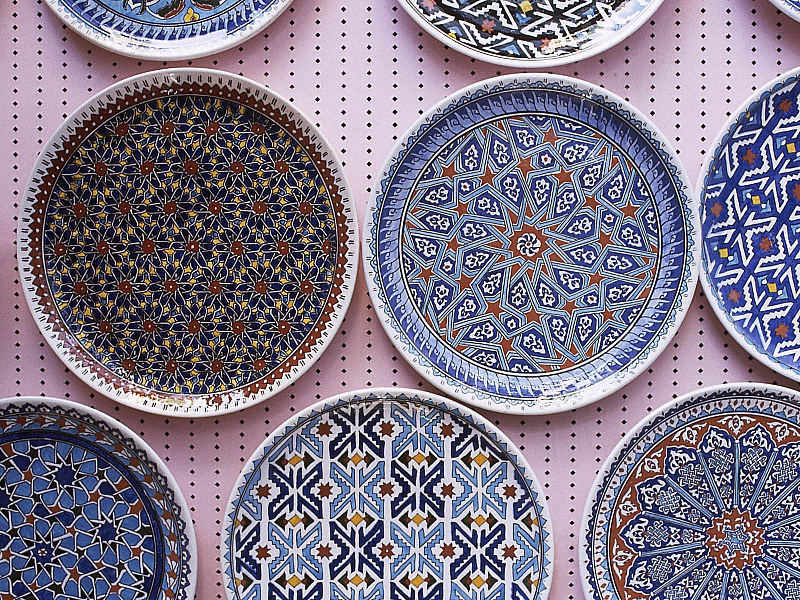
Conclusion:
Porcelain, ceramic, and stoneware each have their unique properties, making them suitable for different business needs and applications. Porcelain’s exceptional durability, elegance, and resistance to stains and chemicals make it ideal for industries that prioritize longevity and hygiene. Ceramic offers design flexibility, affordability, and customization options, making it suitable for businesses looking for versatile and personalized products. Stoneware, with its natural aesthetics and durability, finds its place in industries where a rustic or artisanal appeal is desired. By understanding the distinctions between these materials, businesses can make informed decisions that align with their specific requirements and market demands.
